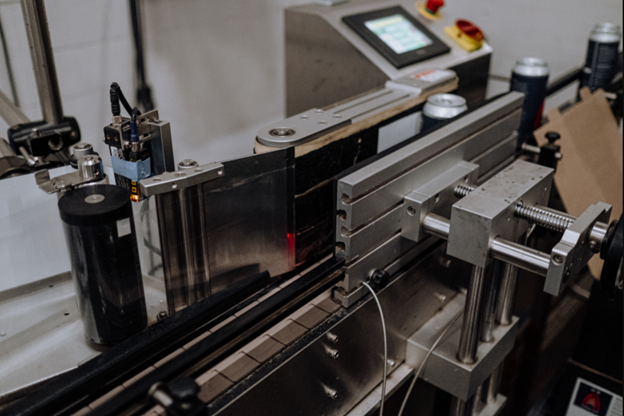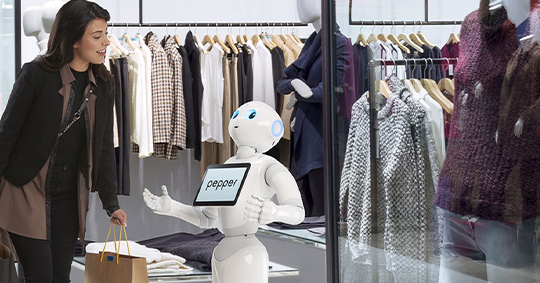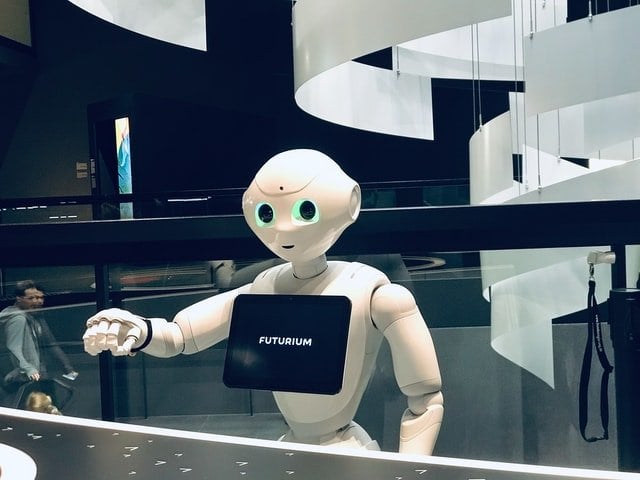How Robotics is Helping Businesses Grow
Oct 29, 2020
By Carol Grace
 image: https://images.pexels.com/photos/5532711/pexels-photo-5532711.jpeg
image: https://images.pexels.com/photos/5532711/pexels-photo-5532711.jpeg
Robots have become game-changers in the business world. Robotics is now a $135 billion industry, and has been helping businesses for over half a century. For instance, "hulking one-armed Goliaths" have become staples on industrial assembly lines thanks to their ability to perform specific tasks. Robots have transformed the manufacturing sector, and advancements in robotics technology are also making robots more impactful in the world of business.
These advancements are coming rapidly thanks to a convergence of innovations that led to the development of advanced sensors, improvements in the Internet of Things, the rise of 3-D printing, and free open-source development (which eliminates the need to develop an operating system from scratch). Many of these advancements in robotics have been due to the printed circuit boards that power them in becoming much more capable of carrying out a range of functions. These ultra-powerful boards are now able to handle complex automated tasks that were once time consuming and expensive for regular employees. For instance, this increased productivity has led to innovations like the Sewbot workline. Developed by SoftWear Automation, these robots can produce a T-shirt or pair of pants with no human intervention. Best of all, they can do the work of 17 humans and finish 1,142 T-shirts in just eight hours.
An increase in productivity is particularly beneficial to smaller businesses. Yet as we reported, many small businesses have largely shunned robots because of the mistaken belief that they are extremely costly. The price of robots isn’t as exorbitant as before, and it is now possible to get a brand-new, high-quality robot for just $25,000. The price of which will go down as advancements in technology make the parts lot cheaper. Compared to the hiring, training, and general expenses of an employee, a robot is also much more cost effective. Aside from assembling we noted how “they can also weld, screw-drive materials, handle things, and tend to the machine, among other things.” This means that if there is a shift in production, the robots will be faster to adapt than a regular human employee.
After the initial investment in buying a robot, a business can also look forward to significant cost reduction in the scale of their operations. For so long, many companies in the U.S. have had to engage in offshore manufacturing due to rising demand for ever-cheaper products. With today's versatile robots, businesses need not offshore their operations anymore, as they can bring back production entirely in the U.S. while costing only an initial investment. Business owners will reduce costs throughout the supply chain, as they won't have to pay overseas contractors, shipping, and foreign taxes anymore (which were much cheaper compared to operating and having physical labor in the U.S.).
Businesses based entirely in the U.S. can expect a considerable return on investment too, by "employing" robots. It's mainly due to the labor force reduction which robots will make possible. Human employees will still be retained, but only around 25% of a business' current staff will be needed. That can mean yearly savings on a labor budget of at least $37,500 for a team of 6 that has been reduced to 1 or 2.
Needless to say, robots are an investment every business ought to consider. These machines will increase production, improve the overall quality of your products and services, and reduce costs on various fronts. And in this dire economic climate, where the advantages of using human employees are decreasing, any advantage to a business should be considered right away.
Discover more About Business Robots with RobotLAB!

Post solely for the use of robotlab.com
Author's Bio
 Carol Grace grew up reading and watching Sci-Fi, and has since spent her entire adult life learning how to make the most out of what science currently has to offer. She specializes in Machine Learning and AI and is interested in seeing how these fields can be applied to different industries.
Carol Grace grew up reading and watching Sci-Fi, and has since spent her entire adult life learning how to make the most out of what science currently has to offer. She specializes in Machine Learning and AI and is interested in seeing how these fields can be applied to different industries.










 Too much to read? Don't have time?
Too much to read? Don't have time? 

.webp?width=124&height=124&name=image%20(1).webp)
.webp?width=169&height=87&name=image%20(2).webp)













